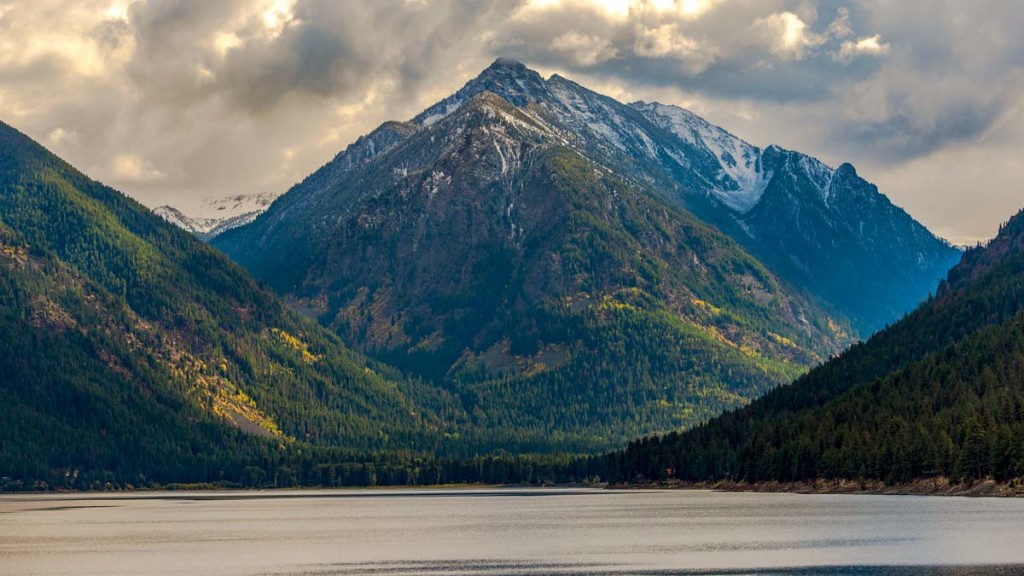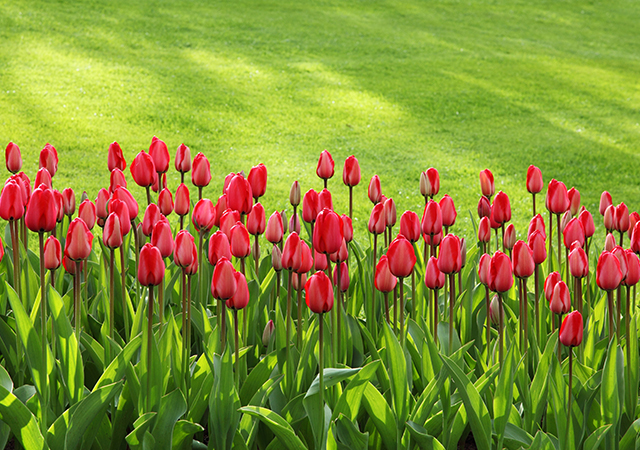Drought conditions have taken over our Barrington and Chicagoland area, and watering is certainly a challenge.
Are you ready to give up? The answer is no. You need to prioritize your watering to suit the needs of your landscaping.
Turfgrass is often the focus because it is so visible, but that is the least of your worries. While it may appear dead it is only dormant – big difference.
Therefore, focus your efforts on what matters most
Managing Turfgrass During Drought Conditions
During drought conditions you have two choices:
- Water your turf to keep it healthy and vibrant by watering to a depth of several inches.
- Let it go dormant by giving it only a a little water every couple of weeks.
Avoid fertilizing as this will stress the turf and increase the need for water. Fertilizers are salts, so when you add them you effectively make your lawn thirsty.
Be willing to accept a less-than-perfect turf and tolerate a few brown or yellow spots.
Set your mower to remove only 1/3 of the blade of grass at a time and make sure your mower blade is sharp. An if you can adjust your mower, raise the blade to its highest cutting level so that the blades of grass shade the roots to retain available moisture.
Trees are the Single Most Important Living Element in Your Landscape.
Trees are slow to grow and slow to die. For this reason, they may appear to be healthy when in fact are in desperate need of water. Make them your highest priority.
Turf is easily replaced, but imagine replacing that mature tree that you have nurtured for years for the reward of a beautiful canopy and abundant shade.
In drought conditions you should study your trees for any signs of stress. There is a lot going on underground and the condition of the canopy will give you clues for appropriately responding.
Here are some tips:
Check frequently for wilting, yellowing, and browning of leaf edges, defoliation, and branch-die-back. In a continued drought, leaves may be smaller than normal and drop prematurely.
Although drought stress may not kill a tree outright, it could set it up for more serious diseases or insect infestations in following years.
Water deeply and slowly. Apply water so it moistens the soil in the root zone to a depth of at least 12 inches, with the recommended watering depth being 24 to 36 inches here in Chicagoland.
Never fertilize a tree that is under drought stress. Fertilizers can stimulate growth, which results in additional foliage for the root system to maintain.
Be careful when pruning. Pruning can open up canopies and cause sun scald on branches. Remove broken, dead or crossing branches because leaving these weakened branches could set the tree up for secondary infections.
How much water your tree should receive obviously depends upon its size. A general rule of thumb is to use approximately 10 gallons of water per inch of trunk diameter for each watering.
Measure trunk diameter at knee height. General formula: Tree Diameter x 5 minutes = Total Watering Time.
Additional Watering Tips
When draining your kids’ pools pour the water under a tree.
Redirect your rain gutters toward your trees.
Although we received some rain last week, the amount was not much more than a band-aid, and will be insufficient for a major turnaround in soil moisture.
The good news is there is always a significant break in the weather during back-to-school time – the 3rd week in August. So, hang in there and keep up with the rain dances!
Maybe after this hot, dry summer you have had enough with the watering and are leaning towards artificial turf . Click here for more information on the benefits of artificial turf.
If you have questions or need help please give us a call at 800-955-7926 or visit us at www.rycolandscaping.com.
We are here for you.






